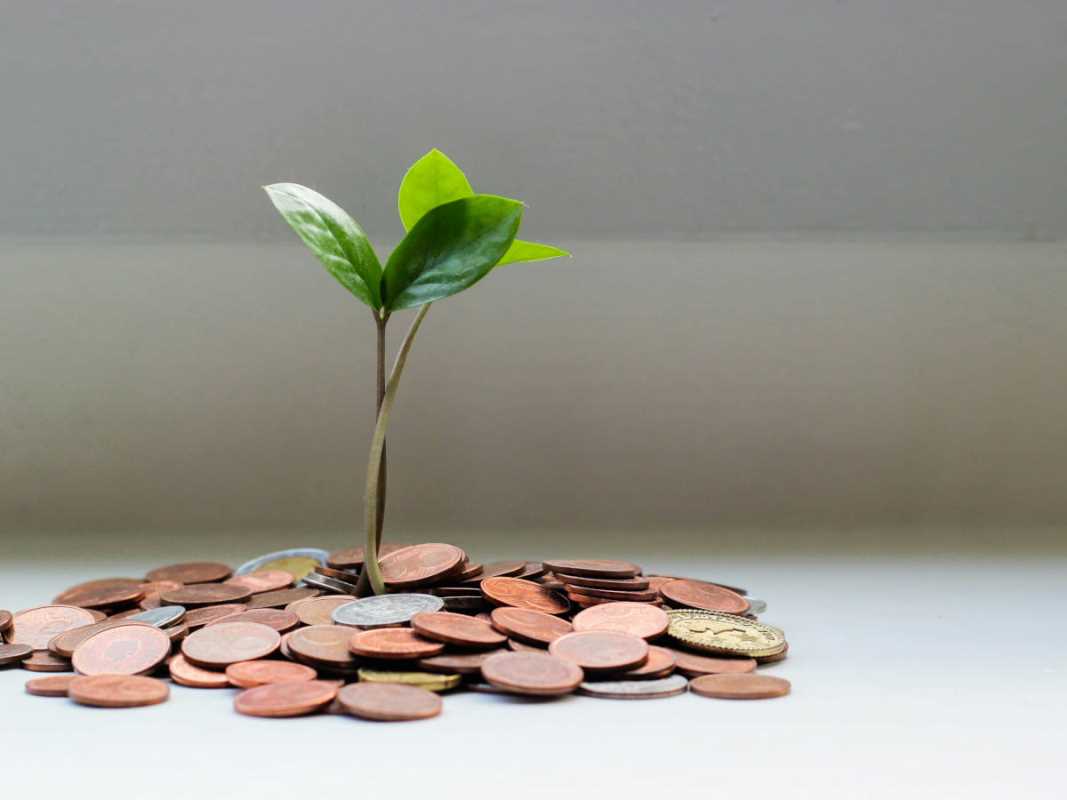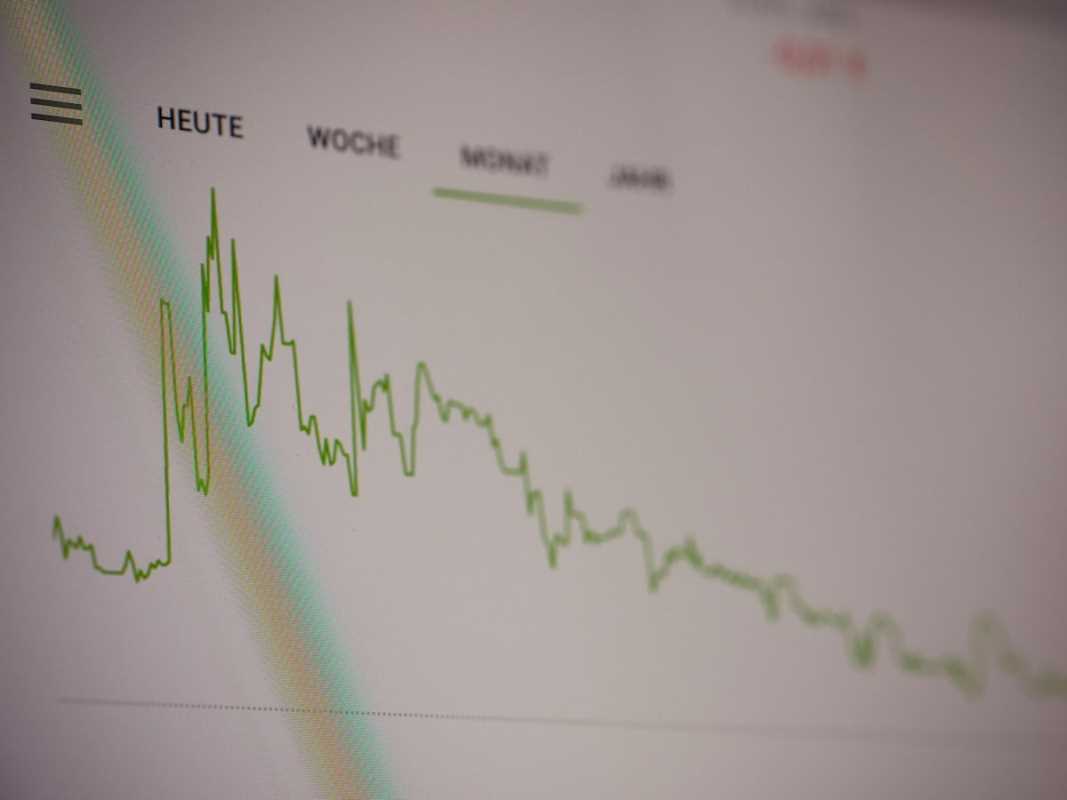Green investments are playing a critical role in reshaping how we interact with the planet and its resources. By directing capital toward sustainable projects and technologies, green investments aim to combat climate change, promote sustainable development, and secure a future where economic progress goes hand-in-hand with environmental preservation.
For investors, this approach represents not just a path to financial returns but also an opportunity to drive meaningful change.
What Are Green Investments?
Green investments refer to financial activities that prioritize environmental sustainability and aim to reduce ecological harm. These investments may focus on areas such as renewable energy, energy efficiency, sustainable agriculture, and green technology. The ultimate goal is to foster long-term environmental benefits while simultaneously generating economic returns.
It’s important to distinguish green investments from "greenwashing" (a deceptive practice where products or projects are marketed as environmentally friendly without delivering real benefits). True green investments are backed by measurable outcomes, such as reduced carbon emissions or improved conservation efforts.
Why Green Investments Matter
The urgency of combating climate change has brought global attention to green investments. With greenhouse gas emissions driving extreme weather patterns, rising sea levels, and biodiversity loss, the need for sustainable solutions has never been greater. Green investments offer a way to fund and scale innovations that address these issues while transitioning industries away from fossil fuels and other unsustainable practices.
On a global scale, organizations like the United Nations and the International Energy Agency have emphasized the role of investments in renewable energy, energy efficiency, and sustainable development as essential to meeting global climate targets. Furthermore, the rise of Environmental, Social, and Governance (ESG) metrics has encouraged businesses to prioritize sustainability in their operations, making green investments an increasingly viable and attractive option.
Key Green Investment Opportunities
There are several high-impact sectors where green investments can drive both environmental benefits and robust financial returns. Below, we outline some of the most promising opportunities:
1. Renewable Energy
Renewable energy represents one of the largest and most accessible segments of green investments. Technologies such as solar, wind, and hydropower can significantly reduce reliance on fossil fuels, which account for nearly 75% of global greenhouse gas emissions.
Investing in renewable energy takes multiple forms, from backing wind and solar farms to supporting manufacturers of energy storage solutions like batteries. For instance, solar installations have been growing rapidly worldwide, with the cost of photovoltaic panels falling by over 80% in the last decade. This affordability has made renewable energy projects increasingly viable and profitable over time.
2. Sustainable Agriculture
Agriculture is both a major contributor to and victim of climate change. Practices like deforestation, monoculture farming, and reliance on synthetic fertilizers have degraded ecosystems and limited biodiversity. However, sustainable agriculture presents an opportunity to reverse these impacts.
Green investments in this space could include supporting organic farming, regenerative agriculture, and vertical farming technologies that minimize land and resource use. An example of innovation in this field is precision agriculture, which uses data analytics and IoT technology to optimize resource allocation for higher yields with lower environmental costs.
3. Green Technology
Technology is shaping the future of sustainability in profound ways. Green tech includes solutions that improve energy efficiency, reduce waste, and enable cleaner production methods. Emerging fields like carbon capture and storage (CCS) are growing rapidly, offering ways to remove carbon from the atmosphere.
Transportation electrification is a major part of green technology. Electric vehicles (EVs) have already disrupted the automotive industry. Investments in EV manufacturers, charging infrastructure, and battery innovation are expected to continue driving both profitability and lower emissions.
4. Green Bonds and Funds
Green bonds and exchange-traded funds (ETFs) allow investors to pool their resources to support environmentally friendly initiatives. These financial instruments are increasingly popular for those seeking measurable environmental outcomes.
The World Bank has issued green bonds aimed at financing projects such as reforestation, renewable energy plants, and sustainable urban infrastructure. These bonds offer transparency into how funds are being used, ensuring accountability and alignment with green goals.
Financial and Environmental Benefits of Green Investments
Green investments stand out not only for their environmental impact but also for their growing appeal as a financial strategy. Below are some of the key benefits:
- Market Growth: The global green economy continues to expand, spurred by technological innovation, policy support, and growing consumer demand. Clean energy investments alone surpassed $1 trillion in 2022 and are expected to grow further.
- Risk Mitigation: Companies that rely on unsustainable practices are increasingly vulnerable to regulatory changes, shifting consumer preferences, and supply chain disruptions. Green investments help future-proof portfolios by mitigating these risks.
- Transparency and Accountability: ESG metrics provide investors with data on environmental and social performance, making it easier to select projects with verifiable impact.
On the environmental side, green investments lead to tangible outcomes, such as reduced emissions, enhanced biodiversity, and more resilient ecosystems. For example, large-scale wind energy developments have cut millions of tons of CO2 annually, contributing to global decarbonization goals.
Challenges and Risks
Despite their promise, green investments come with certain challenges. Investors must be aware of potential risks, including:
- High Initial Costs: Many sustainable projects require significant upfront investments, which may deter smaller investors or organizations with limited capital.
- Uncertain Returns: While many green investments yield positive results in the long term, some areas (e.g., early-stage technologies) carry a level of uncertainty regarding timelines for profitability.
- Regulatory Complexity: The lack of universal standards for green certification and ESG reporting can lead to inconsistencies in how projects are evaluated and disclosed.
- Market Volatility: Like any sector, the green economy is subject to fluctuations. For instance, renewable energy projects may depend on government subsidies, which can shift due to political or economic changes.
To overcome these challenges, investors should conduct thorough due diligence, vet projects for both financial and environmental viability, and diversify their portfolios to spread risk.
How to Start Investing for a Positive Impact
If you're ready to explore green investments but unsure where to begin, here are some actionable steps:
- Define Your Goals: Begin by clarifying your financial goals and determining how they align with environmental and social objectives. Do you want to prioritize returns, impact, or a mix of both?
- Research Options: Explore the types of investments available to you. Green bonds, ESG funds, and direct stock purchases in renewable energy companies are good starting points. Consider consulting a financial advisor with expertise in sustainability.
- Examine Credentials: Look for investments that are certified by credible organizations. This can help you avoid greenwashing and ensure your capital is contributing to real progress.
- Diversify Wisely: Spread your investments across a mix of sectors and asset classes to reduce risk while tapping into different opportunities.
- Monitor Impact: Use ESG reporting tools or platforms to track the environmental outcomes of your investments. Transparency will help you understand whether your portfolio is achieving its intended goals.
Whether you're an individual investor or part of a larger organization, the opportunity to contribute to a greener planet is within reach. By taking action now, you can help shape a more sustainable and equitable world for future generations.
 (Image via
(Image via





